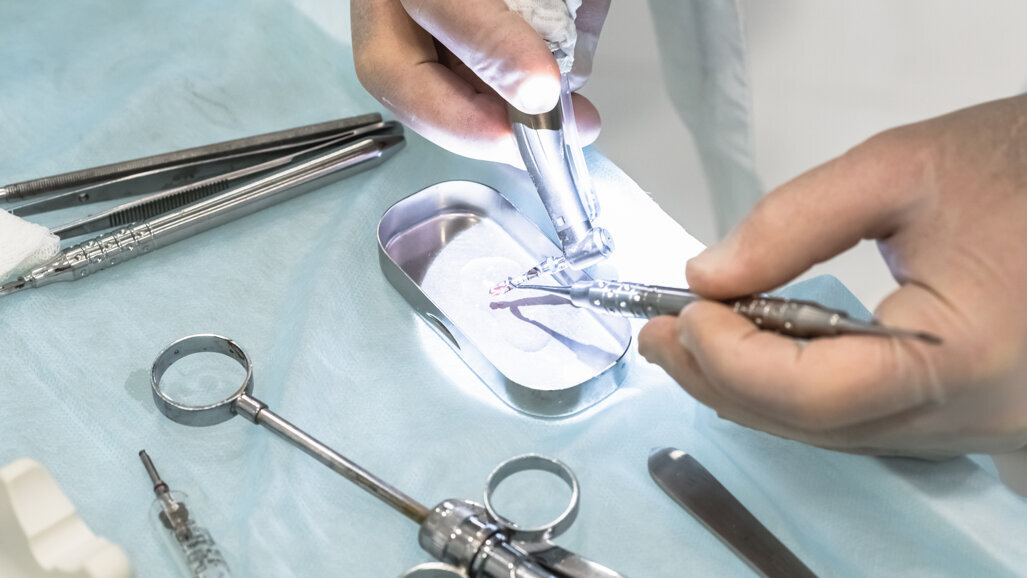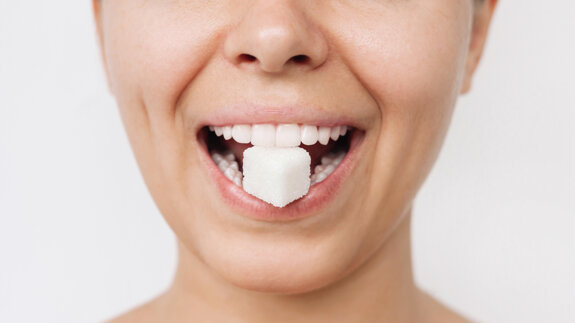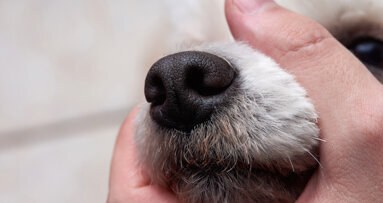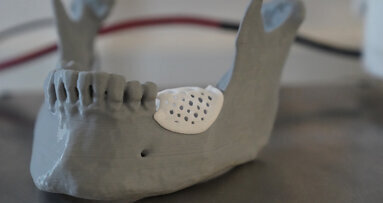SILVER SPRING, Md., US: The US Food and Drug Administration (FDA) has finalised guidance on animal studies for dental bone grafting material devices, aiming to reduce reliance on animal testing in premarket submissions. Published in August 2025, the document updates earlier guidance from 2005 and is intended to reflect current review practices, promote consistency and streamline the evaluation of submissions.
The agency first issued a draft version of the document in March 2024. The final guidance document sets out detailed recommendations for animal studies that may be used to demonstrate compliance with special controls applicable to dental bone grafting devices. It outlines considerations such as selecting anatomical sites consistent with intended intra-oral use or using worst-case defect models.
Talking to Dental Tribune International, the FDA emphasised that the document serves as a resource for manufacturers developing new or novel biomaterials, helping them evaluate safety and performance for marketing submissions. For companies that still conduct animal testing, the recommendations are designed to ensure that adequate in vivo data is provided. At the same time, the FDA encourages sponsors to consult with the agency if they wish to use validated, non-animal alternatives.
“The FDA believes that the detailed animal study recommendations provided in this guidance may help assist manufacturers in providing adequate animal study data, when an animal study is conducted to support a 510(k) submission for dental bone grafting material devices,” an FDA spokesperson told Dental Tribune International.
A central focus of the document is support for the 3Rs: replace, reduce and refine animal use. The FDA noted that the document may help lower the number of animals needed by combining safety and performance studies with biocompatibility testing in a single design.
Ensuring safety, performance and ethical testing standards
Bone grafting has become increasingly common in dentistry owing to advances in regenerative medicine, development of new biomaterials and rising demand for bone restoration. According to a 2021 study, up to half of all implant procedures involve a graft, amounting to approximately 2.2 million procedures performed worldwide each year.1 Although autografts remain the gold standard, xenografts sourced from bovine and porcine bone are widely used.2
By finalising this guidance document, the FDA seeks to provide manufacturers with greater clarity, support innovation in dental biomaterials and encourage the adoption of testing approaches that ensure safety and performance while limiting animal use.
Editorial note:
References
- Zhao R, Yang R, Cooper PR, Khurshid Z, Shavandi A, Ratnayake J. Bone grafts and substitutes in dentistry: a review of current trends and developments. Molecules. 2021 May 18; 26(10):3007. doi: 10.3390/molecules26103007
- Meenu G, George VT, Manohar R, Thomas NG. Applications of xenografts in periodontal regeneration. IP Int J Periodontol Implantol. 2021;6(4):184–91. doi: 10.18231/j.ijpi.2021.032
Tags:
LEIPZIG, Germany: Using animal models in dental research, especially in periodontal and peri-implant research for testing the performance of dental ...
Dr Alexis Gaudin is an associate professor in the Department of Endodontics at Nantes Université in France. In 2021, together with five other researchers, ...
GOTHENBURG, Sweden: Researchers at the University of Gothenburg have been using dogs in their experiments to test how dental implants might lead to ...
WASHINGTON, U.S.: Although dental experiments on animals have been met with criticism, including welfare concerns and doubts regarding scientific validity, ...
BRISBANE, Australia: A team of biomedical researchers at the University of Queensland in Brisbane have undertaken a groundbreaking study that demonstrates ...
Live webinar
Wed. 14 January 2026
12:00 pm EST (New York)
Dr. Théo Laplane, Dr. Robert Gottlander DDS
Live webinar
Fri. 16 January 2026
12:00 pm EST (New York)
Live webinar
Mon. 19 January 2026
1:00 pm EST (New York)
Philipp Kopp, Michael Seeber
Live webinar
Thu. 22 January 2026
9:00 am EST (New York)
Prof. Judith Jones D.D.S; M.P.H., Prof. Kakuhiro Fukai D.D.S., Ph.D, Dr. Bathsheba (Bethy) Turton
Live webinar
Thu. 22 January 2026
2:00 pm EST (New York)
Dr. Nicola M. Grande DDS, PhD
Live webinar
Wed. 28 January 2026
8:00 am EST (New York)
Live webinar
Wed. 28 January 2026
11:00 am EST (New York)
Prof. Dr. Jan-Frederik Güth



 Austria / Österreich
Austria / Österreich
 Bosnia and Herzegovina / Босна и Херцеговина
Bosnia and Herzegovina / Босна и Херцеговина
 Bulgaria / България
Bulgaria / България
 Croatia / Hrvatska
Croatia / Hrvatska
 Czech Republic & Slovakia / Česká republika & Slovensko
Czech Republic & Slovakia / Česká republika & Slovensko
 France / France
France / France
 Germany / Deutschland
Germany / Deutschland
 Greece / ΕΛΛΑΔΑ
Greece / ΕΛΛΑΔΑ
 Hungary / Hungary
Hungary / Hungary
 Italy / Italia
Italy / Italia
 Netherlands / Nederland
Netherlands / Nederland
 Nordic / Nordic
Nordic / Nordic
 Poland / Polska
Poland / Polska
 Portugal / Portugal
Portugal / Portugal
 Romania & Moldova / România & Moldova
Romania & Moldova / România & Moldova
 Slovenia / Slovenija
Slovenia / Slovenija
 Serbia & Montenegro / Србија и Црна Гора
Serbia & Montenegro / Србија и Црна Гора
 Spain / España
Spain / España
 Switzerland / Schweiz
Switzerland / Schweiz
 Turkey / Türkiye
Turkey / Türkiye
 UK & Ireland / UK & Ireland
UK & Ireland / UK & Ireland
 Brazil / Brasil
Brazil / Brasil
 Canada / Canada
Canada / Canada
 Latin America / Latinoamérica
Latin America / Latinoamérica
 USA / USA
USA / USA
 China / 中国
China / 中国
 India / भारत गणराज्य
India / भारत गणराज्य
 Pakistan / Pākistān
Pakistan / Pākistān
 Vietnam / Việt Nam
Vietnam / Việt Nam
 ASEAN / ASEAN
ASEAN / ASEAN
 Israel / מְדִינַת יִשְׂרָאֵל
Israel / מְדִינַת יִשְׂרָאֵל
 Algeria, Morocco & Tunisia / الجزائر والمغرب وتونس
Algeria, Morocco & Tunisia / الجزائر والمغرب وتونس
 Middle East / Middle East
Middle East / Middle East











































To post a reply please login or register